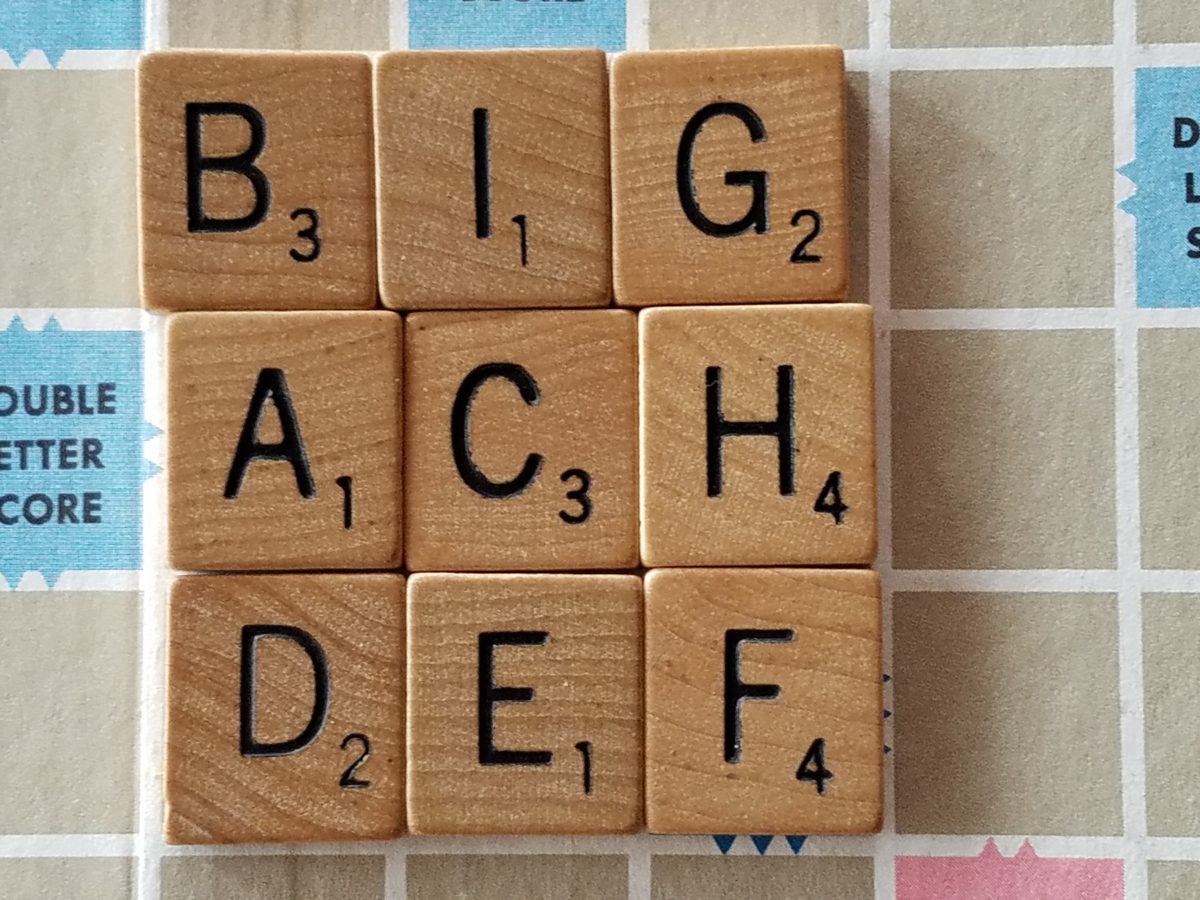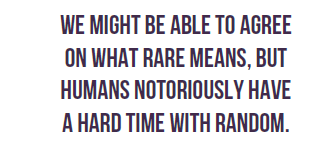A new look for lottery
And I mean a new ‘looking for’ as well as a new ‘look’. Rather than sticking to game mechanics that have simple, obvious math defining the outcome probabilities, let’s ‘look for’ play value first. Get the probabilities by numerical simulation (teaching a computer to play). The grid above could be worth significant money, in the game I describe in NASPL Insights February 2019!

